

Dreaming of exploring the world’s oceans aboard a floating hotel? Cruises combine travel, leisure, and discovery into one seamless journey, providing unique perspectives unavailable through traditional vacations. Whether you are curious about luxurious mega-liners, intimate river cruises, cultural enrichment activities, or practical tips for first-time voyagers, understanding cruises requires unpacking a blend of travel modes, onboard experiences, destinations, and planning nuances. This guide will unravel precisely what sets cruising apart, revealing considerations every prospective traveler should know before setting sail.
Cruises are more than just an itinerary; they represent a lifestyle during your time at sea. Passengers enjoy themed entertainment, dining options, and activities ranging from serene spa afternoons to adrenaline-pumping aqua parks. Cruises cater to all kinds of travelers: families, couples, solo adventurers, and retirees. Each cruise company brings its own brand of service and innovation, while ships themselves have become destinations, complete with theaters, casinos, pools, and global cuisine.
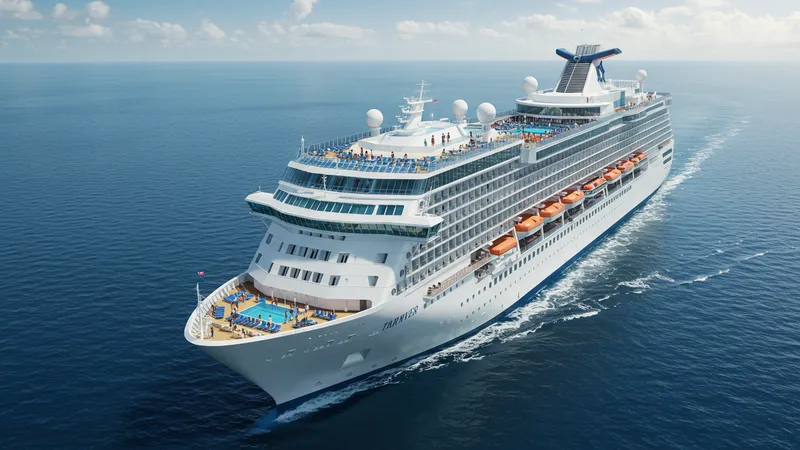
Royal Caribbean International stands out for its futuristic ships packed with unique attractions, such as surfing simulators and ice-skating rinks. Their itineraries cover both exotic and classic destinations, including the Caribbean, Mediterranean, and Alaska. Their innovation in ship design makes them a top choice for those wanting both high-energy excitement and relaxing luxury.
Carnival Cruise Line, often called the “Fun Ships,” is famed for vibrant onboard vibes, approachable service, and robust kids’ programs. Their fleet covers regions from the Caribbean to Europe. Carnival’s affordable pricing structure attracts first-timers and budget-conscious families seeking lively entertainment and casual comfort at sea.
Norwegian Cruise Line appeals to independent-minded travelers who desire flexible meal times, entertainment options, and unstructured days. Their global routes and the “freestyle cruising” concept eliminate much of the formality found on other lines. Onboard amenities cater to both relaxation and adventure, from water parks to Broadway shows.
Choosing your cruise line impacts everything: voyage style, onboard culture, included amenities, and even price points. With careful planning and insight into the various options, almost anyone can find a cruise fitting their sense of adventure and relaxation. The deeper details reveal even more valuable insights ahead, from types of cabins and destinations to insider strategies for booking at the perfect moment.
The type of cabin selected on a cruise significantly shapes the onboard experience. Inside cabins, often the most affordable, provide a cozy retreat but lack windows—ideal for travelers seeking value over scenery. Oceanview cabins introduce natural light through a window, enhancing comfort and ambiance. Balcony cabins extend personal space outdoors, while suites offer premium features, larger living spaces, and extra perks like priority boarding. Each ship and line—whether Royal Caribbean, Carnival, or Norwegian—tailors their accommodation styles, from minimalist modernity to ornate luxury, meeting diverse expectations and budgets.
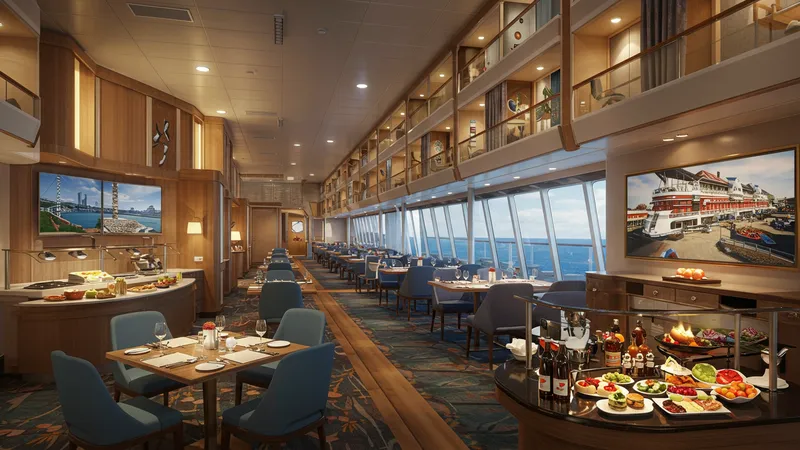
Onboard dining options redefine variety at sea. Major cruise lines include multiple restaurants within the fare, from expansive buffets to themed main dining rooms and casual cafes. Specialty restaurants add an extra fee but elevate the gastronomic adventure—think sushi bars, steakhouses, or chef’s tasting menus. Norwegian Cruise Line leans into “Freestyle Dining,” removing fixed dining times and assigned seating, encouraging guests to dine when and how they wish. This level of flexibility is part of what distinguishes each cruise brand’s culinary approach.
Entertainment amplifies the cruise atmosphere, varying by ship and line. Royal Caribbean sets itself apart with Broadway-style productions, ice-skating shows, and rock climbing walls. Carnival leans toward comedy clubs and high-energy poolside events, perfectly suiting families and fun-seekers. Norwegian enhances evenings with headline acts and themed parties. The right cruise can offer something for every taste—making boredom essentially impossible at sea.
Enrichment activities are a rising trend, bringing workshops, lectures, dance classes, and adventure excursions into the cruise experience. Whether learning salsa on a Carnival vessel or participating in a mixology course with Royal Caribbean, there’s always a way to return home with new memories and skills. Deciding what you want out of your days at sea, and choosing a line that matches those interests, is key for a satisfying cruise holiday. Up next: How itinerary choices and shore excursions further personalize the cruising experience.
Cruises offer an expansive range of itineraries, each tailored to suit different interests and timeframes. Royal Caribbean, for example, covers destinations from the Caribbean to Asia, and even offers transatlantic crossings for longer adventures. Norwegian Cruise Line is renowned for its voyages through the Mediterranean and Alaska, while Carnival Cruise Line features routes from the Caribbean to Australia. Each line curates distinct port stops and onboard experiences, seamlessly blending sea days with shoreside exploration.
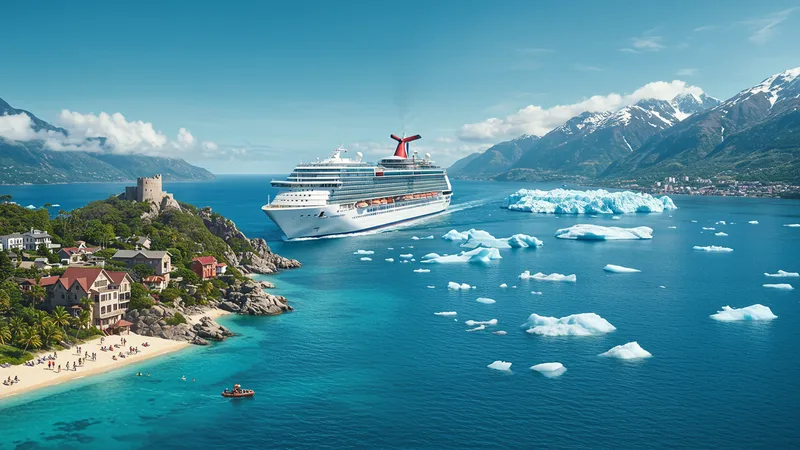
Shore excursions present unique travel moments, turning a day in port into a memorable adventure. These excursions are bookable directly through cruise lines, offering everything from guided city tours to adrenaline-water sports and cultural immersions. Norwegian provides customized outings such as glacier hiking in Alaska, Royal Caribbean highlights private island escapes, while Carnival emphasizes family-friendly beach breaks. Careful planning ensures you maximize the time at each destination.
Themed cruises and special event sailings attract travelers seeking a niche experience. Examples include music festivals at sea, culinary journeys led by celebrity chefs, and wellness retreats featuring daily yoga or mindfulness workshops. These unique voyages are often hosted by Norwegian or Royal Caribbean, providing both social engagement and exclusive programming. Themed cruises add depth and unique camaraderie to each itinerary, often resulting in tight-knit communities of travelers.
For careful planners, aligning personal travel goals with cruise itineraries pays dividends. Evaluating shore excursion options, the duration of trips, and even the time spent at each port can make or break the journey. With choices ranging from weeklong escapes to month-long expeditions, and activities as diverse as wine tasting or snorkeling, there’s virtually no limit to what a cruise itinerary can offer. Next, we’ll examine pricing, deals, and how to optimize value for your cruise holiday.
The cost of a cruise varies greatly depending on the cruise line, cabin class, itinerary, travel dates, and booking window. For instance, Carnival Cruise Line often features entry-level prices from $500 per person, while Norwegian and Royal Caribbean mid-tier fares generally start around $700–$750 for comparable lengths and destinations. Suites and specialty cabins can multiply the price, especially during peak seasons such as summer or holidays when demand surges for prime routes.
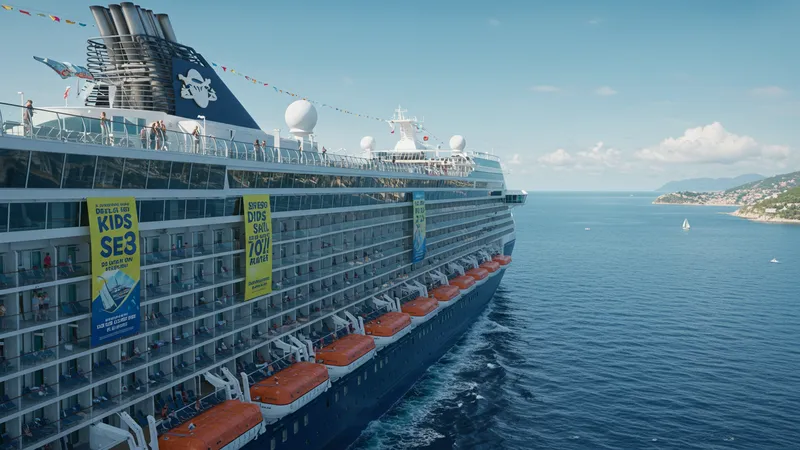
Booking in advance often secures lower prices and wider cabin choices. Conversely, some travelers opt for late deals closer to sailing dates, accepting a more restricted selection for the possibility of scoring last-minute savings. Cruise lines frequently release promotional fares, onboard credit, or complimentary upgrades. Norwegian’s “Free at Sea” deals (which might include beverage packages or shore excursion credits) and Royal Caribbean’s “Kids Sail Free” promotions are worth tracking for extra value.
Additional costs are important to consider for budgeting. These include gratuities, specialty dining, spa treatments, premium excursions, and sometimes Wi-Fi packages. While Carnival and Royal Caribbean offer many included amenities, understanding the breakdown of what’s covered versus what is added is crucial to avoiding surprises at checkout. Comparing inclusions across cruise lines can reveal which provides the best value for your preferred experience.
Travel insurance, airfare to the embarkation port, and pre/post-cruise hotel stays may alter total trip expenses. It helps to use the cruise lines’ official booking portals or agents for transparent pricing and reliable details. Assess your personal must-haves, from balcony views to culinary splurges, to find the most satisfying balance between cost and experience. The next section explores practical advice and insider knowledge to enhance every stage of cruise travel.
Preparing for a cruise begins well before embarkation day. Packing versatile, comfortable clothing for sea and shore, along with cruise-specific essentials (such as a lanyard for your room key or wrinkle-release spray for your formal wear), can streamline your daily routines. Most lines, including Carnival and Norwegian, impose strict guidelines for bringing beverages or personal electronics, so reviewing these in advance prevents any unwelcome surprises during boarding.
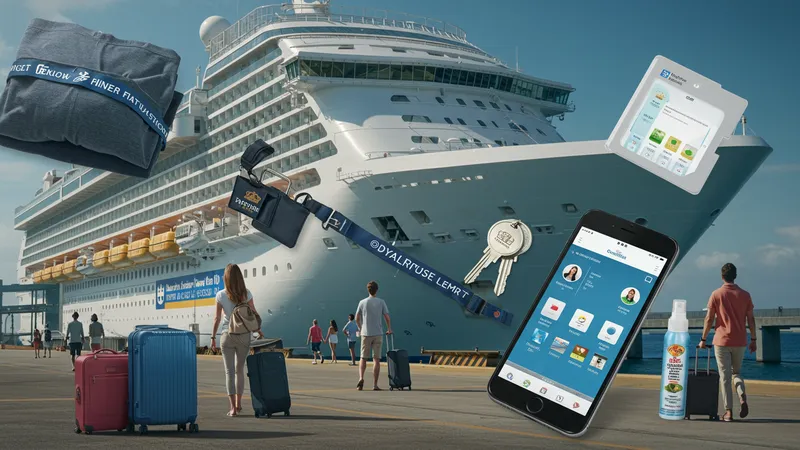
Embarkation and disembarkation processes set the tone for your holiday. Arriving at the port early can minimize wait times and ensure smoother security checks, especially for larger ships like those operated by Royal Caribbean. Having all documents ready (passports, boarding passes, health declarations) expedites check-ins. Many frequent cruisers recommend downloading the cruise line’s mobile app for daily schedules, dining reservations, and onboard messaging.
Participating in onboard orientation tours is an underrated tip for first-timers—these walkthroughs highlight hidden venues, dining opportunities, and activity timetables. For those sailing with children, enrolling early in kids’ clubs or youth programs opens up spots in popular activities. Meanwhile, adults seeking solitude may stake out adults-only decks or book spa appointments in advance to secure premium time slots.
After your final sunset at sea, disembarking efficiently ensures your travel home is as smooth as your voyage. Completing customs forms early, keeping luggage organized, and using designated color tags streamlines the process. Ultimately, understanding the patterns and policies of each cruise line enables every traveler—first-time explorer or seasoned seafarer—to maximize enjoyment and minimize hassle, anchoring memories that last long after docking. This completes the essential overview of everything you need to know about cruises, equipping you to chart your own course on the world’s waters.